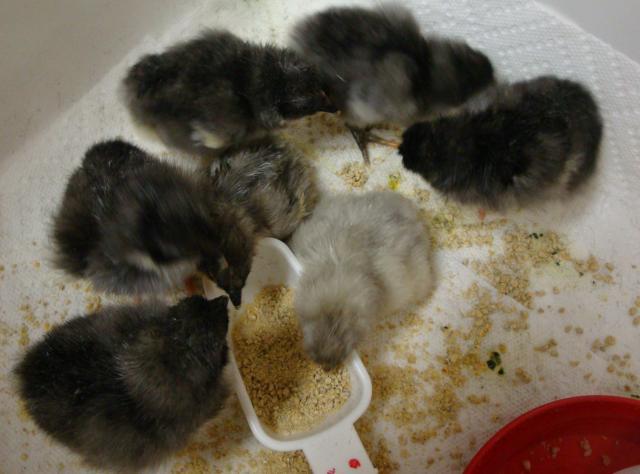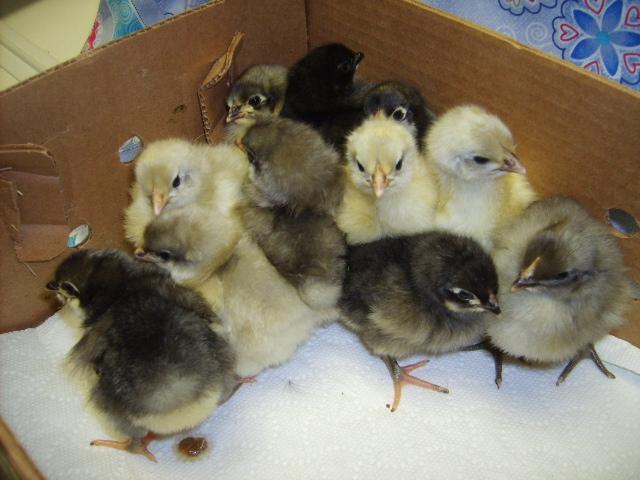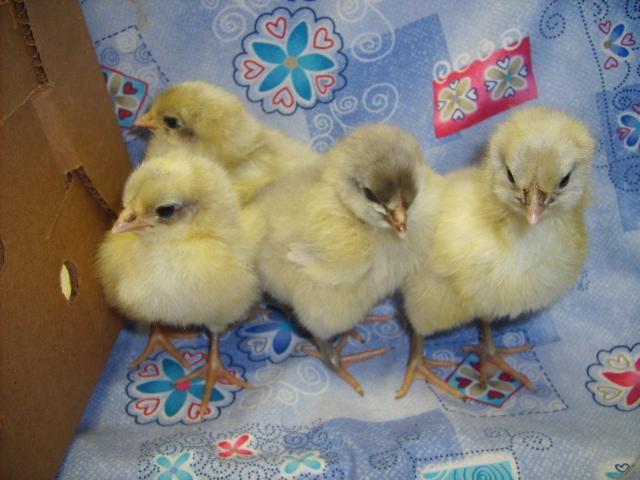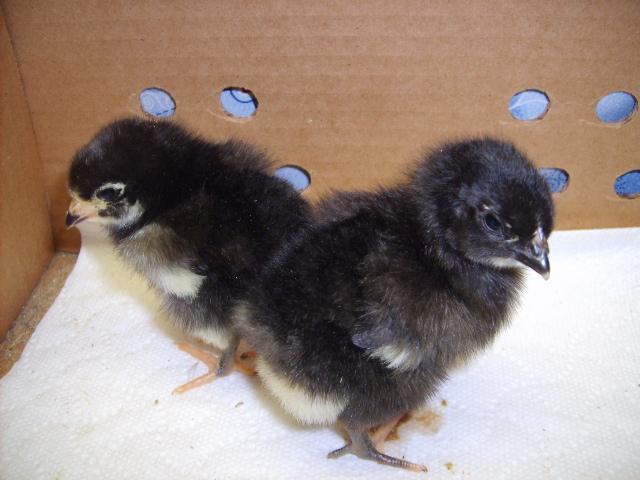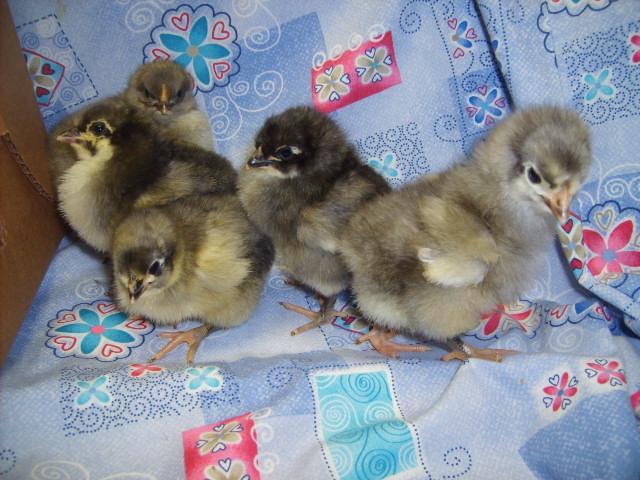Quote:
It is hard to offer any realistic matings until you share a little more information. How old are the 5 SQ's, if they are young, SQ may be a little premature. Are they siblings?
The following matings are assumed that the 5 and the 7 are all siblings amongst their own groups, but that possibility is lessened with hatchery eggs if the hatchery is very large, they usually have many inbred, but they oftern carry more lines of genes within a breed. Of course the number of males and females within each group may be differnt but the matings will still have same stats and percentages if a single male from one group mates with a female of the other group. I am just trying to find a way to identify the groups.
First breeding:
5 males (f1 or g1 parent generation, AB) + 7 females (f1 or g1 parent generation, CD) = f2's males and females = 4 possibilities (AC, AD, BC, BD) 50% will be males and 50% will be females
f2's (AC, AD, BC, BD) can be back bred to f1 to their opposite sex parent ---------- f2 + f1 = Back Breeding
Second breeding:
Exactly like First breeding , but using:
5 females + 7 males = f2 males and females
Back breeding is the only way you are going to increase the strength of a particular trait and not inbreed, You will end up with 8 posibilities with something as simple as a f1 male (AB) + f2 female (AC, AD, BC, BD) = 2AA, 4AB, 2 AC, 2AD, 2BA, 2BB, 2BC, 2BD's. The reverse works very similar for f1 female + f2 male.
If any First breeing f2's breed with any of the second breeding f2's or any other later hatches of f2's, you are inbreeding.
You would come out better if you want another generation, breed f1's to f3's, this will absolutely magnify the best or the worst in the offspring, because they will be such high % of the original f1's. You still end up with 8 possibilities, but different percentages.
So to sum it up, I can always keep a rooster from my flock and when I chose a new one I just have to make sure that any hatches I do are not from the roo and its sisters.

